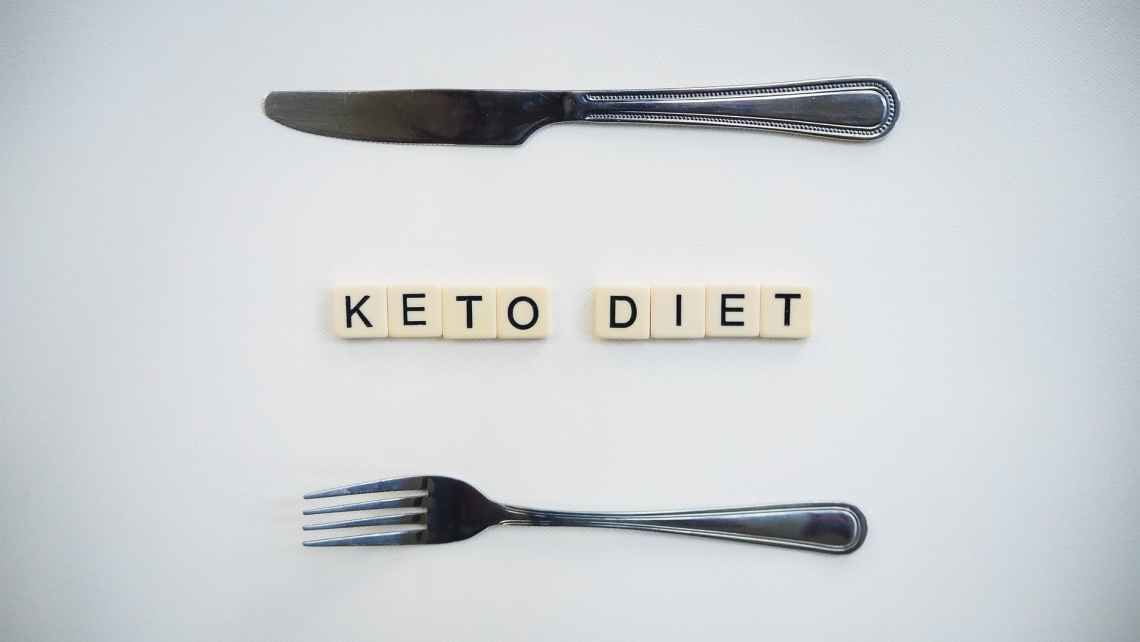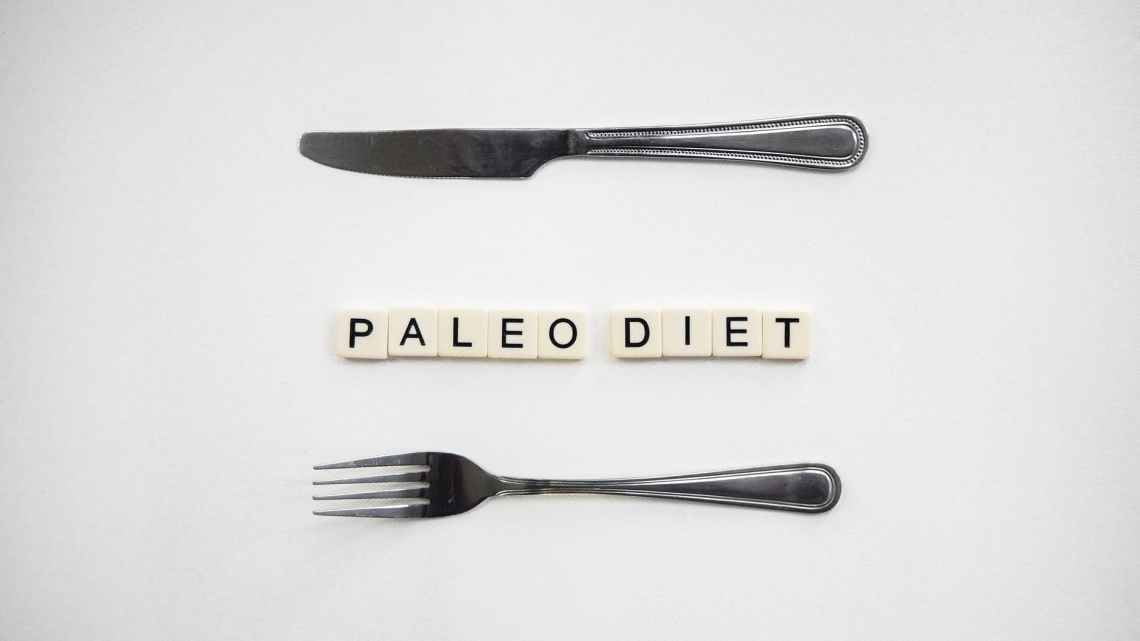It’s a New Year which means it’s a time to reassess your goals. For some, it may mean re-assessing your savings account, for others it might be committing to reducing time on social media time, and then there will always be a good chunk of people who vow to ‘get healthy’ and/or lose weight–once and for all.
For those of you in the latter category, you might be tempted to try one of the more popular diets to lose weight. That said, it seemed like an appropriate time to provide you with some facts on 4 of the most popular diets. And most importantly, do they actually work for weight-loss?
The Keto Diet
The goal of the keto diet is to consume mostly fat, a bit of protein, and virtually no carbs (about 20-50 grams of carbohydrate per day). This allows your body to shift from burning glucose (carbohydrate), your primary source of fuel to burning fat. Followers of keto initially experience a significant weight-loss. However, don’t be fooled, much of the weight loss in the early stage is water weight; that’s because your body uses up its glycogen stores (glucose that is bound to water in the liver and muscle).

After glycogen is depleted, later weight-loss is driven primarily by your reduction in appetite. When consuming a diet extremely high in fat (think bacon, cheese, avocado) but lacks carbohydrate, the hormone insulin is suppressed. This can cause dieters to experience fewer blood sugar swings which minimizes food cravings. In addition, the production of ketones (a byproduct of burning fat which serves as fuel) is believed to suppress appetite. These various changes in hormones lead to a reduction in food intake and ultimately fat loss.
Intermittent Fasting
Intermittent fasting has been touted to increase longevity, initiate cellular healing, improve insulin resistance, and everything in between. As of more recently the diet has gained traction as a weight-loss strategy. While there are various forms of intermittent fasting whether it be fasting for certain length of time (anywhere from 12 hours up to 18 hours) or alternating fasting days, there’s nothing magical about how you lose weight with fasting.

Ultimately, when you fast (i.e., reduce the window of time you are allowed to eat) it becomes difficult to compensate for those ‘lost’ calories you’d usually be eating in the earlier or later parts of the day. As a result, you end up eating fewer total calories and weight-loss occurs.
Whole30 and the Paleo Diet

While neither of these diets were necessarily created for weight-loss many people follow them in hopes of losing weight. Because both diets advocate for eating mostly whole lower-calorie foods (fruits, vegetables, animal protein) and reducing highly palatable processed foods, weight-loss becomes as easy as pie (except, don’t think for a minute you can have pie). Sorry, anything with gluten, butter, and sugar is off limits with these diets.
What's the Diet Verdict
Okay, so all of these diets are viable options for weight-loss because they all have a high potential for creating a calorie deficit. But should you give them a try?
Well, that’s up to you. The thing to to remember about weight-loss is that losing the weight tends to be the easy part but keeping it off is the hardest part. In fact, 90% of dieters who lose a significant amount of weight end up gaining nearly all of it back.
That said, maybe the better question to ask yourself is not “can I do it (sure you can)?” but “can you actually sustain it?“
Personally, I can’t sustain a life without some of my favorite foods (i.e., freshly baked sourdough, peanut butter, red wine). Nor am I okay with skipping breakfast or my evening ritual of making hot cocoa with real milk. None of these diets would work for the lifestyle I want to have.
And while there may be physical benefits to each these diets, there are also multiple reasons I wouldn’t try them (that’s for another post). But in general, I am not a fan of diets that eliminate entire food groups or proclaim that you should only eat at certain times and potentially ignore your body’s hunger cues.
